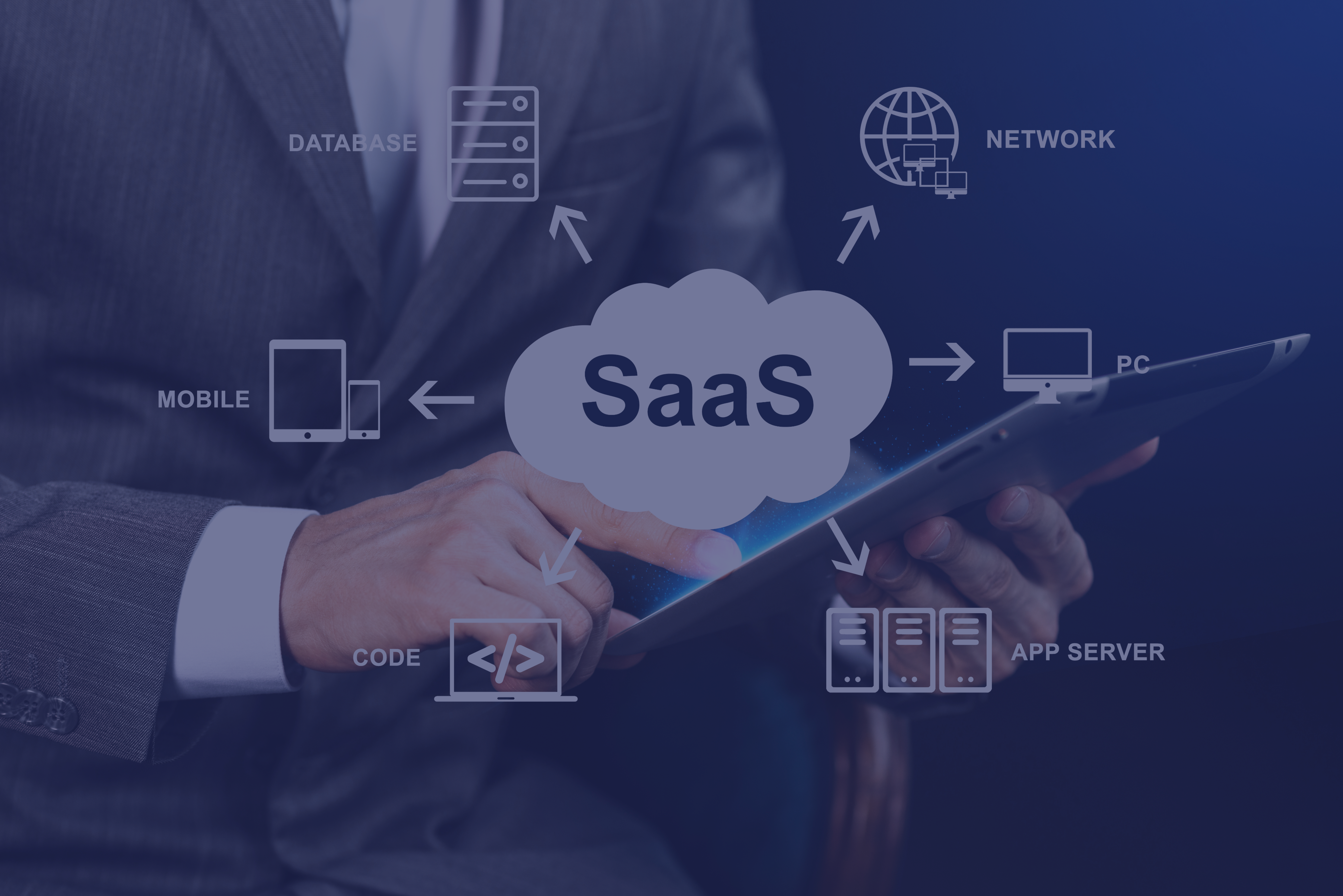In the realm of Software-as-a-Service (SaaS), leveraging cloud infrastructure is essential for scalability, flexibility, and cost-effectiveness. However, managing cloud costs effectively is crucial to ensuring profitability and sustainable growth. Let’s explore cloud cost management for SaaS companies, the challenges they face, and strategies to optimize cloud spending.
Challenges in Cloud Cost Management for SaaS
- Complexity of Pricing Models: Cloud service providers offer various pricing models (pay-as-you-go, reserved instances, spot instances, etc.), which can be complex to navigate and optimize.
- Unpredictable Usage Patterns: SaaS applications may experience fluctuating demand, leading to variable usage of cloud resources and costs.
- Lack of Visibility and Control: Without proper monitoring and governance, it’s challenging to track and manage cloud spending across different services and teams.
- Waste and Overspending: Unused or underutilized resources, inefficient deployment practices, and lack of optimization can lead to unnecessary costs.
Strategies for Cloud Cost Management in SaaS
- Right-Sizing Resources: Continuously monitor and adjust cloud resources (e.g., compute instances, storage) based on actual usage and performance requirements to avoid over-provisioning. Use performance monitoring tools to analyze workload patterns and ensure optimal resource allocation. Implement regular audits to identify underutilized resources and adjust them accordingly. Utilize tools like AWS Compute Optimizer and Azure Advisor to get recommendations based on actual usage patterns.
- Utilizing Reserved Instances and Savings Plans: Commit to long-term usage of cloud resources with reserved instances or savings plans to benefit from discounted pricing. Evaluate historical usage patterns and select the most appropriate plan to maximize savings. Assess the potential risks of overcommitting and regularly review reserved capacity to match current requirements.
- Implementing Auto-scaling: Automatically scale resources up or down based on demand to optimize performance and costs. Implement predictive scaling based on historical data to handle expected workload spikes efficiently. Utilize tools like Kubernetes Horizontal Pod Autoscaler and AWS Auto Scaling to dynamically manage resources based on workload requirements.
- Tagging and Resource Allocation: Implement tagging strategies to allocate costs accurately to different departments, projects, or customers, enabling better cost attribution and accountability. Use standardized naming conventions and regularly audit tags for consistency. Develop a cost allocation report to track expenses by team or project and ensure accurate chargeback.
- Optimizing Data Storage and Transfer Costs: Use cost-effective storage solutions and minimize data transfer across regions or services to reduce expenses. Implement lifecycle policies to move infrequently accessed data to lower-cost storage options. Analyze data transfer patterns to avoid unnecessary inter-region transfers and leverage content delivery networks (CDNs) like CloudFront or Cloudflare for efficient content distribution.
- Monitoring and Alerting: Utilize cloud monitoring tools to set up alerts for cost anomalies, unusual spikes, or potential overspending, allowing for proactive cost management. Integrate these tools with dashboards to provide real-time insights into cloud expenditure. Tools like AWS CloudWatch, Azure Monitor, and Datadog can help identify cost anomalies early and trigger notifications for appropriate teams.
- Cloud Cost Governance: Establish policies and guidelines for resource provisioning, budgeting, and spending limits to ensure accountability and control. Conduct regular cost reviews and provide training to teams to encourage cost-conscious practices. Develop a cloud governance framework to define ownership, enforce policies, and track compliance with budgeting rules.
Benefits of Effective Cloud Cost Management
- Cost Efficiency: Optimizing cloud spending reduces operational costs, maximizing ROI and profitability.
- Scalability and Flexibility: Efficient cost management enables SaaS companies to scale resources up or down based on business needs without financial constraints.
- Competitive Advantage: Lower operating costs allow for competitive pricing, enhancing market competitiveness and customer acquisition.
- Improved Financial Planning: Predictable cloud costs facilitate better budgeting and financial forecasting.
The Future of Cloud Cost Management for SaaS
As SaaS companies continue to grow and expand their digital footprint, effective cloud cost management will become even more critical. With advancements in cloud technology and cost optimization tools, SaaS businesses can expect to achieve greater efficiency, scalability, and financial health.
In conclusion, mastering cloud cost management is vital for SaaS companies to achieve sustainable growth and competitive advantage. By implementing robust strategies, leveraging automation, and maintaining visibility and control over cloud spending, SaaS businesses can optimize costs while delivering exceptional value to customers.
Written By: PSI










